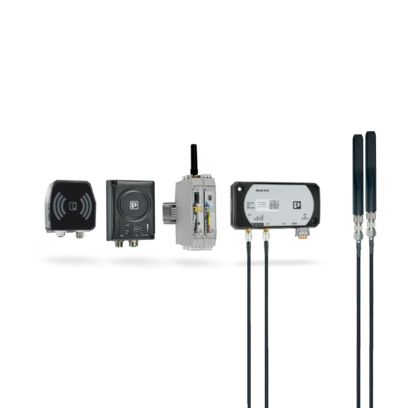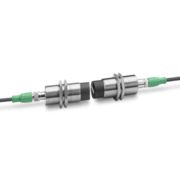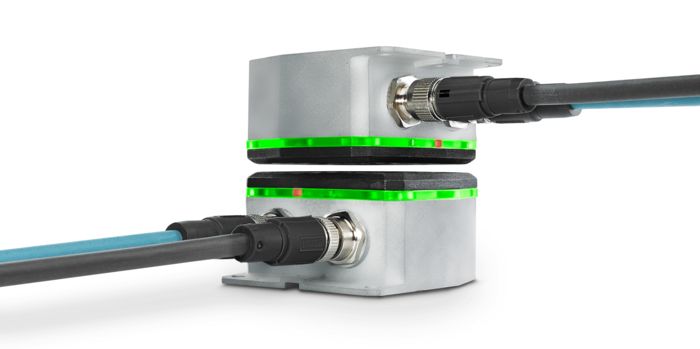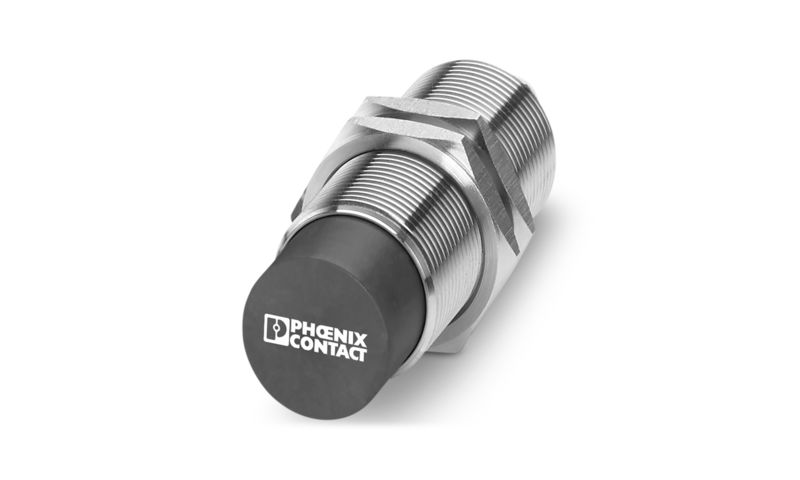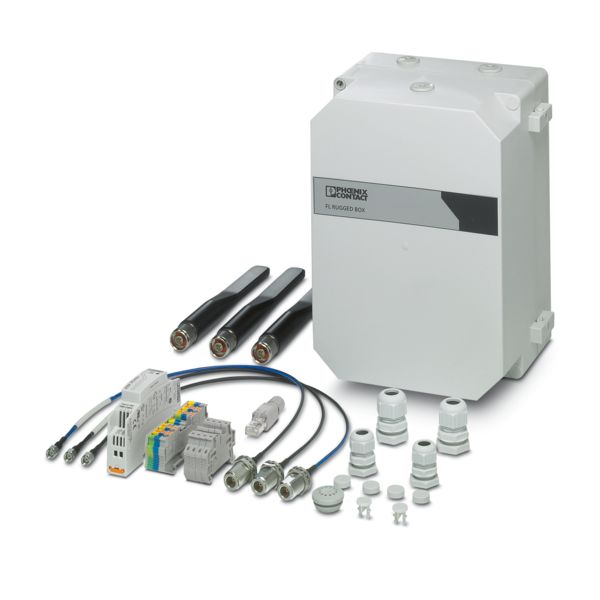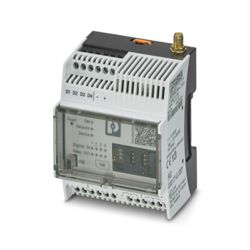
SMS relay and signaling module, European version, monitor analog and digital values via cellular network, switch relay outputs remotely, communication via SMS or cellular network data connection (e-mail transmission, app), supply voltage 10 V ... 60 V DC

